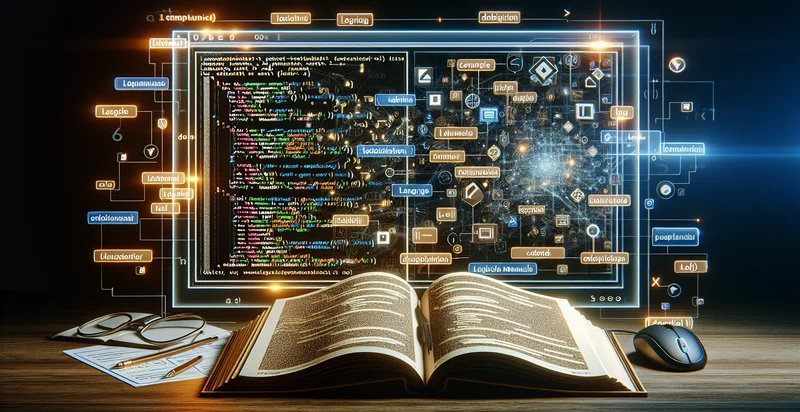Identify language of pharmaceutical documentation
using AI
Below is a free classifier to identify language of pharmaceutical documentation. Just input your text, and our AI will predict the category of pharmaceutical documentation it belongs to - in just seconds.

Contact us for API access
Or, use Nyckel to build highly-accurate custom classifiers in just minutes. No PhD required.
Get started
import nyckel
credentials = nyckel.Credentials("YOUR_CLIENT_ID", "YOUR_CLIENT_SECRET")
nyckel.invoke("language-of-pharmaceutical-documentation", "your_text_here", credentials)
fetch('https://www.nyckel.com/v1/functions/language-of-pharmaceutical-documentation/invoke', {
method: 'POST',
headers: {
'Authorization': 'Bearer ' + 'YOUR_BEARER_TOKEN',
'Content-Type': 'application/json',
},
body: JSON.stringify(
{"data": "your_text_here"}
)
})
.then(response => response.json())
.then(data => console.log(data));
curl -X POST \
-H "Content-Type: application/json" \
-H "Authorization: Bearer YOUR_BEARER_TOKEN" \
-d '{"data": "your_text_here"}' \
https://www.nyckel.com/v1/functions/language-of-pharmaceutical-documentation/invoke
How this classifier works
To start, input the text that you'd like analyzed. Our AI tool will then predict the category of pharmaceutical documentation it belongs to.
This pretrained text model uses a Nyckel-created dataset and has 20 labels, including Arabic, Czech, Dutch, English, Finnish, French, German, Hungarian, Italian and Japanese.
We'll also show a confidence score (the higher the number, the more confident the AI model is around the category of pharmaceutical documentation it belongs to).
Whether you're just curious or building language of pharmaceutical documentation detection into your application, we hope our classifier proves helpful.
Related Classifiers
Need to identify language of pharmaceutical documentation at scale?
Get API or Zapier access to this classifier for free. It's perfect for:
- Document Compliance Verification: The false text classification function can identify instances of non-compliant language in pharmaceutical documentation. By flagging these occurrences, companies can ensure that their documentation adheres to regulatory standards, reducing the risk of fines and legal issues.
- Training Data Enhancement: Pharmaceutical companies can utilize this function to enhance training datasets for machine learning models. By identifying and filtering out false text, they can improve the accuracy of algorithms used for automated document processing and analysis.
- Quality Control in Document Review: This function can assist quality control teams by automatically identifying potentially misleading or inaccurate information in pharmaceutical documents. By streamlining the review process, companies can ensure higher standards of documentation integrity before publication or submission.
- Risk Management Framework: The false text classification can serve as a tool in a broader risk management framework. By proactively identifying misleading language, companies can mitigate risks associated with misinformation, ensuring patient safety and adherence to ethical standards.
- Adverse Event Reporting: The function can be applied to detect ambiguous language in adverse event reports. By clarifying and validating the content, it can help improve the accuracy of these reports, ensuring better monitoring and response to adverse effects.
- Regulatory Submission Preparation: Pharmaceutical firms can employ this function to prepare documents for regulatory submissions. By ensuring that the language used in the documentation is clear and compliant, they can enhance the likelihood of successful submissions and minimize delays in the approval process.
- Clinical Trial Documentation Audit: The false text classification can be employed during audits of clinical trial documentation. By identifying inaccuracies or misleading language, companies can ensure the reliability of trial results and their subsequent reporting, bolstering trust in pharmaceutical research outcomes.


